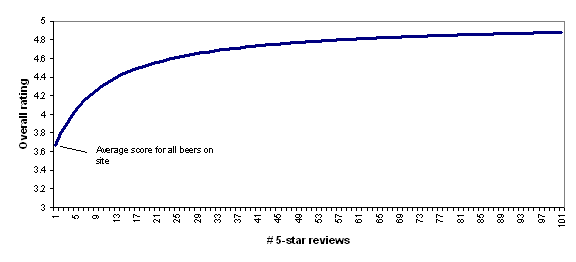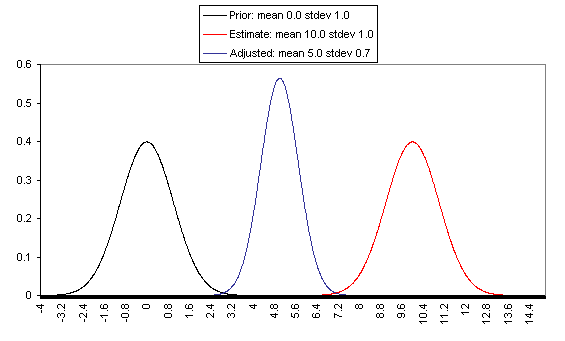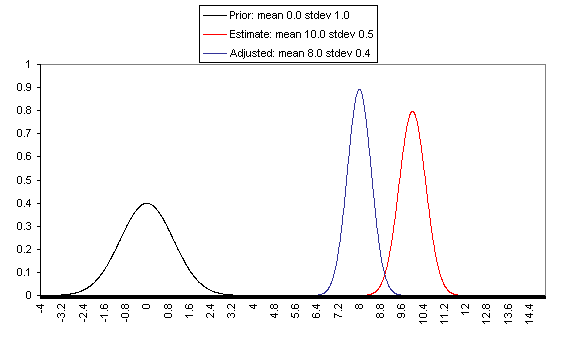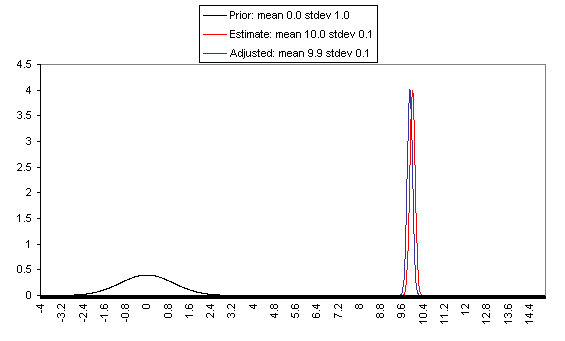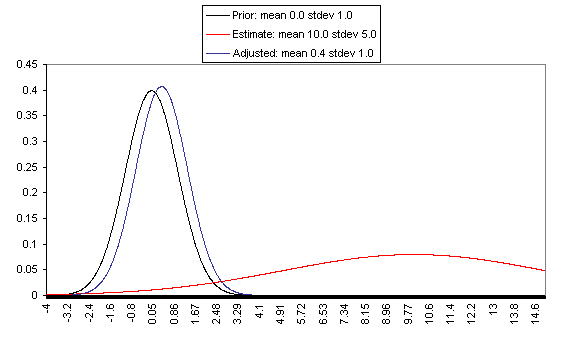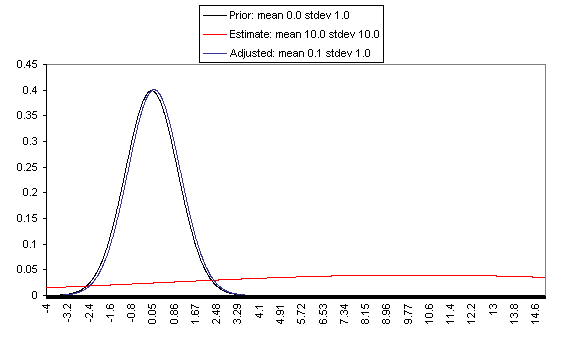Over the past month, we’ve worked to understand the situation in Somalia and make a recommendation to donors about where they should give. At this point we’re wrapping up our work with the following conclusions:
- We wouldn’t recommend giving to support Somalia specifically over supporting everyday aid. While the needs are extreme, we aren’t convinced that individual donors can effectively cause more aid to be delivered via their donations.
- For those who do want to give, we suggest The International Committee of the Red Cross (ICRC), the World Food Programme (WFP) or Doctors Without Borders (MSF), but with serious reservations about each of these.
- There is a severe lack of transparency on the part of charities and funders, particularly the US government, that has hindered our ability to understand the situation and make a strong recommendation.
A brief note before getting into the details: most of this work was done by our summer intern, Josh Rosenberg. We couldn’t have learned as much as we did about this crisis without his help. Thanks, Josh.
Details follow.
Giving to Somalia relative to giving to everyday international aid
We believe strongly that the needs inside Somalia are great and that, were it possible to send food or medical supplies such that it would reach people in the region, that would accomplish a great deal of good. We recently spoke with an American journalist in the region, and he said:
I went to a hospital in Somalia recently, and we saw kids in very bad shape. There are just no resources there. They don’t have medicine, IV bags, solution. There are dozens, if not hundreds of people arriving each day that need hospitalization. It’s the same situation with camps inside Somalia.
Nevertheless, we don’t have confidence that it is in fact possible for donors to help get more food and supplies to those who need it. There are numerous reports of World Food Programme food aid being stolen by al-Shabaab, a group classified as a terrorist organization that governs much of the famine zone, and many Western NGOs have been explicitly banned from the region by al-Shabaab or have chosen to leave due to security concerns.
Even for the groups operating in the famine zone, it’s not clear to us that additional funds donated will lead to additional services provided, for reasons of donations’ fungibility. Our guess is that given the dire circumstances, aid organizations are likely to spend whatever resources they can, unrestricted or otherwise, to reach those in need, and individuals’ providing additional funds to the few organizations active in the famine zone may make little difference to this specific relief effort.
That said, we have still had limited contact with organizations operating inside famine zones, and we would be interested in hearing from any if they feel they would reach additional people with additional funding. Were we to gain confidence that an organization could do this, we could plausibly view the donation opportunity as on par with our highest rated organizations.
Assuming one wants to give to Somalia, which organization will be most effective?
We struggled to obtain substantive credible information to help us answer this question well. In our previous Somalia update, we listed the questions we sought to answer, and in most cases, we received vague information from charities such that we weren’t able to answer our questions well. For example, we often received budget proposals such as “$5 million for water and sanitation projects” with no detail regarding (a) the type of projects (e.g., digging wells vs trucking water vs purifying water) to be implemented, (b) the cost of each project component, or (c) the location where the projects would be implemented.
Given the lack of substantive, credible information, the three factors we focused most on are:
- Where is the organization operating? While we believe that there are great needs throughout the region–inside the famine zone, in the rest of Somalia, and in refugee camps and mainland areas of Ethiopia and Kenya–the greatest needs are in the famine zone. In our conversation with a journalist in the region, we asked “How do the conditions in refugee camps in Kenya and Ethiopia compare to conditions inside Somalia?” and he responded:
My impression is that the refugee camps are pretty well taken care of right now. Even though they’re burgeoning with people, they’re doing OK. There’ve been some disease outbreaks in Ethiopia. They could use more help but there’s already a huge infrastructure there. In Dadaab there’s a huge compound for western aid workers. There’s a bar and restaurant. In Somalia, the people are near death and have no access to resources… I went to Dadaab, and I saw the same thing and saw starving kids and poor families, but there were people driving CARE cars and wearing MSF badges or Save the Children hats, so there are NGOs in the camps, but there’s no help inside Somalia.
That is, while the people who reach the refugee camps need assistance, they are being served and we don’t have enough information to say that there is room for more funding in the camps.
- How transparent is the organization about its activities and spending? Regarding Somalia, but also other disasters, we’ve found limited information about the impacts or results of charities’ programs. We’ve therefore focused on organizations’ transparency and openness to being held accountable for their activities as a proxy for the organizations that are likely to be most effective.
- What other information do we have about the organization that would inform our conclusion about where to give now? To the extent we’ve considered the organization in other contexts, we’ve incorporated any additional information into our views here.
Having completed our analysis, three organizations stood out.
- The International Committee of the Red Cross (ICRC). The ICRC is appealing for funds solely for use in the famine zone, and our understanding from them and from the journalist we spoke to is that they are active in famine areas. ICRC gave us a uniquely detailed plan for scaling up and using funds. Unfortunately, we aren’t cleared to share this plan publicly, but it was a more comprehensive and detailed plan than we received from other charities.However, the plan did not allow us to easily connect what ICRC plans to do with how it would spend money. Also, the journalist we spoke with told us:
They are working in South Somalia in the al-Shabbab areas where no one else is. But, I’ve been told by some people that they screwed it up for other aid groups because they paid al-Shabbab a tax/bribe to work in those areas, and then al-Shabbab demanded it from other groups. Because al-Shabbab is a designated a terrorist organization by the US government, aid groups had to leave because it wasn’t legal for them to pay money to al-Shabbab. So, while ICRC is doing good work, there’s some resistance to them from other NGOs.
We have not verified this claim or questioned the ICRC about it.
- The World Food Programme (WFP). WFP is the only organization we spoke with that makes its detailed reports publicly available on its website. The reports include detailed budgets as well as quantities of food to be delivered and targeted locations. In addition, WFP is one of the largest entities (if not the largest entity) operating in the region, and they have been criticized in the media for mistakes they’ve made. Other things equal, we feel donors are well served to support the groups that will ultimately be seen as “responsible for” the response because they are most likely to be held accountable by donors and the public. Note that al-Shabbab has denied access to WFP in areas it controls.The criticisms that have been made raise room for concern as well, particularly regarding reports of World Food Programme food aid being stolen by al-Shabaab.
- Doctors without Borders (MSF). We’ve spoken several times with MSF, but have received limited information from them. MSF is operating in the famine zone. We maintain our generally good feelings about the organization, but this is based largely on MSF’s transparency about their activities and needs for donations in past disasters. We are disappointed in MSF’s lack of transparency in this case.
The journalist we spoke with also mentioned some other organizations. We don’t endorse these but include his comments here for those interested:
I interviewed one guy and came across one NGO I thought was doing decent work and one of the few that had American people on the ground. It’s the American Refugee Committee. They’re pretty small and maybe their smallness has helped them be more nimble. He has gone to Mogadishu, and come out and gone back in. A few people have asked me whom to give to and I said that I had seen the American Refugee Committee. That was one of the few western organizations working on the ground. I also saw IRC, the International Rescue Committee. I have some friends in the aid business, and they’ve told me that IRC is there. They’re trying to provide help at camps and hospitals….There is a local NGO in Somalia that is doing good work. It’s called the Hawa Abdi Foundation. There’s a Somali woman doctor who set up a clinic in a camp, and she’s helping a lot of people. She was named one of Glamour Magazine’s top ten women of the year. If you steer any donors to local groups, it’s a good one. She has a track record of doing good work and reaching people. World Vision has done some good work inside Somalia. They were run out but are now starting again. In North Kenya, they’ve done good famine prevention work and set up agricultural projects that are helping people in these drought areas become farmers and less reliant just on cattle. I’ve looked closely at the World Vision and they’re pretty brave. They’re working in areas no one wants to go to.
Our struggles and the lack of transparency
One of the most disappointing aspects of our Somalia research has been the opacity of charities and the US government. We are particularly disheartened by USAID’s consistent position that they cannot help us, or by extension, individual donors in any meaningful way.
Over the past month, we have spoken with several representatives at USAID, all of whom have told us the same thing:
- We cannot comment on or off the record about specific aid organizations.
- We cannot offer any advice about which organizations are likely most effective or have the greatest need for funds.
- We cannot share any of the information we’ve received from organizations about what they’re doing or how they’ll spend money.
While there may be specific cases of documents that must be kept private for safety or privacy concerns, we feel that most information can and should be shared. We’ve seen USAID documents in some cases because charities have voluntarily sent them to us, and we haven’t seen anything about these documents that would clearly cause harm if shared more widely. Generally, when charities have asked us to keep information confidential (which we’ve honored), we’ve seen little that seems it would cause harm or danger if shared publicly; confidentiality concerns have seemed to have more to do with charities’ not wanting to be judged in certain ways.
USAID is a government agency funded by the public. USAID has significant, detailed information about NGOs’ activities around the world, and sharing this information publicly would provide significant help to donors aiming to give more effectively. USAID has told us that the information they receive from charities is private and confidential and cannot be shared. This conclusion does not seem valid or just to us.
Donors who care about impact should continue to pressure the charities they support and the US government, which provides funding to them, to be more open with their information.

